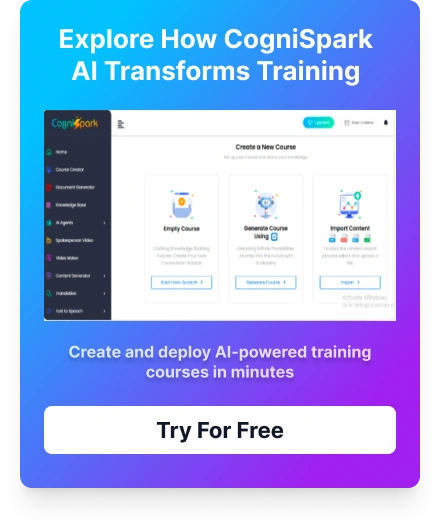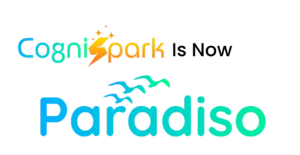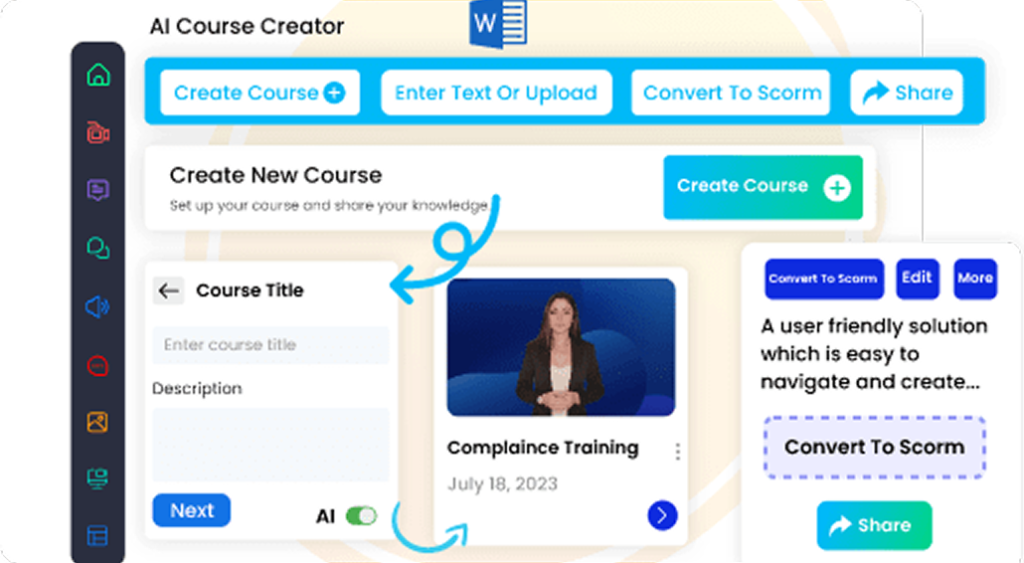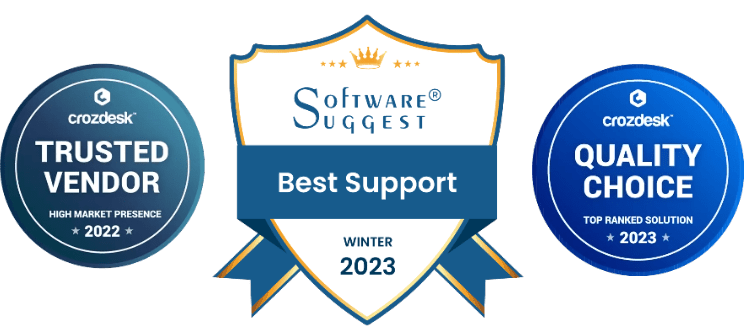As we head into 2025, organizations are increasingly recognizing the need for modern, dynamic course catalogs to better serve the evolving needs of learners. With the rapid advancements in technology and an ever-changing professional landscape, your course catalog should do more than just list educational offerings—it should engage, inspire, and provide clear pathways for success. In this blog, we will explore the best practices for designing an effective course catalog that aligns with today’s learner expectations and prepares your organization for future growth.
1. Prioritize User-Centric Design
When designing a course catalog, the first rule is to prioritize the learner’s experience. A well-structured catalog will not only present courses but guide the learner through their educational journey. Here are key aspects to consider:
- Intuitive Navigation: Organize your catalog by categories like course type, skill level, or career path. Implementing filters (e.g., by delivery method, course duration, or certification type) will help learners easily find the courses that suit their needs.
- Personalized Course Recommendations: Leverage AI to suggest courses based on individual learner profiles and previous interactions. This personalized approach ensures learners are presented with courses that align with their career goals and learning preferences.
By focusing on user-centric design, you ensure that your course catalog becomes more than just a list of options—it becomes a valuable resource that helps learners make informed decisions.
2. Ensure Mobile Accessibility
With the growing use of mobile devices for learning, making your course catalog mobile-friendly is a must.
A responsive design ensures that learners can access the catalog easily from smartphones and tablets without any loss of functionality.
Elements such as course descriptions, registration buttons, and navigation menus should be optimized for smaller screens, providing a seamless experience regardless of the device being used.
3. Implement Robust Search and Filtering Capabilities
A powerful search function is essential to an effective course catalog. Learners should be able to quickly search for courses based on keywords, tags, course codes, or even topics of interest. Advanced filtering options can help learners sort courses by specific criteria, such as:
- Course type (e.g., self-paced, instructor-led, hybrid)
- Skill level (e.g., beginner, intermediate, advanced)
- Delivery method (e.g., online, on-site)
- Course duration
This functionality makes it easier for learners to find exactly what they are looking for, thus improving the overall user experience.
4. Offer Clear Learning Pathways
An effective course catalog does more than list individual courses—it should help learners navigate through their learning journey. Grouping courses into well-defined learning pathways can provide clarity and structure. Here are some ways to organize these pathways:
- Skill Development Tracks: Offer progression from foundational courses to more advanced levels, ensuring that learners can build their knowledge step-by-step.
- Career Pathways: Organize courses based on different career tracks or industry-specific needs (e.g., sales, project management, data science).
- Microlearning: Include short, focused learning modules that cater to learners with limited time but who still want to build or refine specific skills.
These clear pathways make it easier for learners to see the steps they need to take in order to reach their educational and professional goals.
5. Integrate Multimedia for Enhanced Engagement
Incorporating multimedia elements into your course catalog can significantly increase engagement. Instead of relying solely on text, include:
- Videos: Course trailers, faculty introductions, or success stories can bring your catalog to life, helping learners get a clearer sense of the course content.
- Infographics and Images: Visuals such as course previews or data on learning outcomes can make your catalog more visually appealing and informative.
- Interactive Features: Quizzes, assessments, or interactive course previews give learners a taste of the course content and can improve engagement.
By integrating multimedia, you make your course catalog a more dynamic and engaging resource, which can lead to higher conversion rates and increased learner satisfaction.
6. Highlight Course Outcomes and Benefits
Incorporating multimedia elements into your course catalog can significantly increase engagement. Instead of relying solely on text, include:
- Videos: Course trailers, faculty introductions, or success stories can bring your catalog to life, helping learners get a clearer sense of the course content.
- Infographics and Images: Visuals such as course previews or data on learning outcomes can make your catalog more visually appealing and informative.
- Interactive Features: Quizzes, assessments, or interactive course previews give learners a taste of the course content and can improve engagement.
By focusing on the benefits, you create a compelling reason for learners to enroll and invest their time and resources.
7. Maintain Real-Time Updates and Version Control
Keeping your course catalog up to date is essential for maintaining its accuracy and relevance. Implement systems that allow for real-time updates, ensuring that new courses, schedules, and information are reflected instantly. This reduces the chances of learners encountering outdated or incorrect information.
In addition, version control will help track changes to the catalog over time. This feature is particularly useful if you need to report or audit changes for compliance or marketing purposes.
8. Ensure Accessibility and Inclusivity
An inclusive course catalog is one that is accessible to all learners, regardless of their abilities. To ensure that your catalog adheres to accessibility standards such as WCAG 2.2 AA, make sure it includes features like:
- Screen Reader Compatibility: Ensure that all text in the catalog is readable by screen readers for visually impaired users.
- Keyboard Navigation: Users with limited mobility should be able to navigate the catalog using only their keyboard.
- Alternative Text for Images: All images and multimedia elements should include descriptive alternative text for users with visual impairments.
Creating an accessible course catalog not only ensures compliance with legal standards but also demonstrates your commitment to supporting all learners. ents.
9. Leverage Data to Improve Your Catalog
Analytics can provide valuable insights into how learners are interacting with your course catalog. Track data such as:
- Most viewed courses
- Search terms commonly used
- Where users are dropping off
- Time spent on course pages
This data can help you refine the catalog over time, improve course offerings, and identify any usability issues that may be affecting learner experience.
10. Promote and Market Your Course Catalog
Once your course catalog is designed, it’s time to promote it! Utilize multiple channels to increase visibility, including:
- Email Campaigns: Send personalized emails to learners highlighting new courses or seasonal promotions.
- Social Media: Share course offerings, success stories, and industry insights to drive traffic to your catalog.
- SEO Optimization: Ensure that your catalog pages are optimized for search engines, making it easier for potential learners to discover your courses through organic search.
Effective promotion ensures that your catalog reaches the right audience and helps drive course enrollments.
Conclusion: Future-Proofing Your Course Catalog
Once your course catalog is designed, it’s time to promote it! Utilize multiple channels to increase visibility, including:
- Email Campaigns: Send personalized emails to learners highlighting new courses or seasonal promotions.
- Social Media: Share course offerings, success stories, and industry insights to drive traffic to your catalog.
- SEO Optimization: Ensure that your catalog pages are optimized for search engines, making it easier for potential learners to discover your courses through organic search.
Designing an effective course catalog for 2025 requires a strategic blend of user experience, modern technology, and a focus on outcomes. By prioritizing user-centric design, leveraging AI, incorporating multimedia, and ensuring accessibility, you can create a catalog that not only meets the needs of today’s learners but also prepares your organization for future growth.
As the learning landscape continues to evolve, staying ahead of trends and continuously improving your course catalog will help you provide a seamless, engaging learning experience that supports both learners and organizational goals.

























